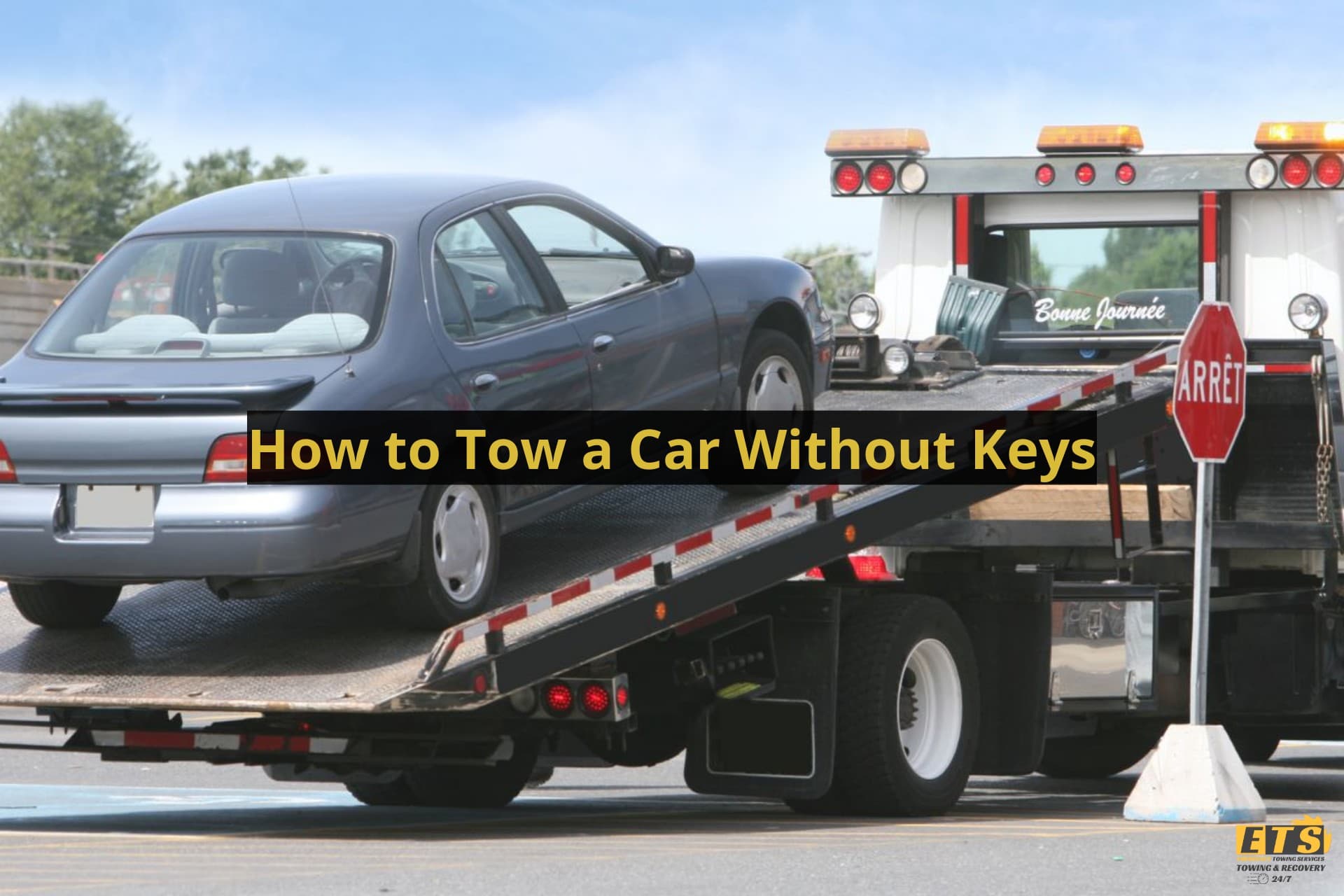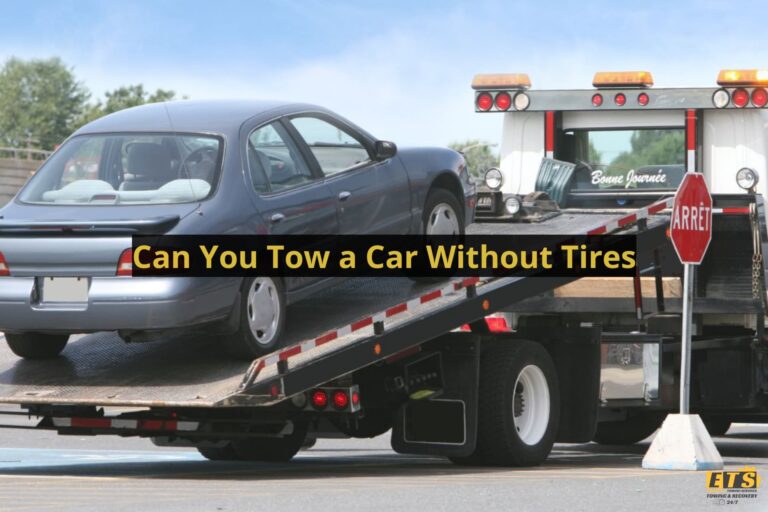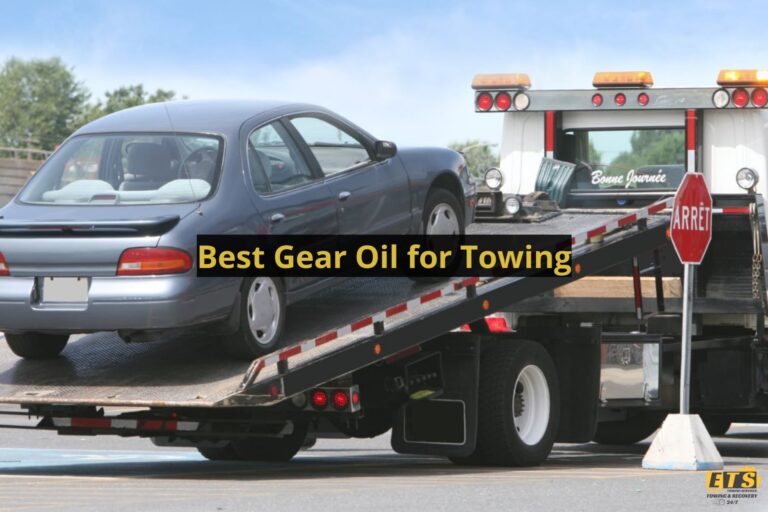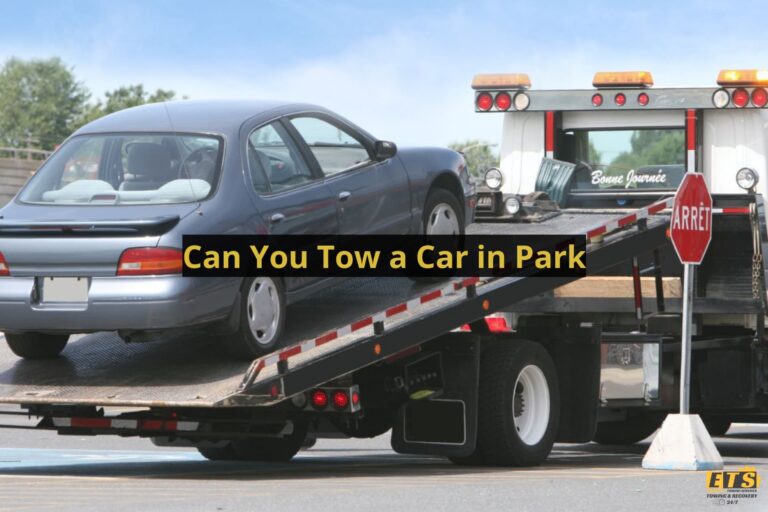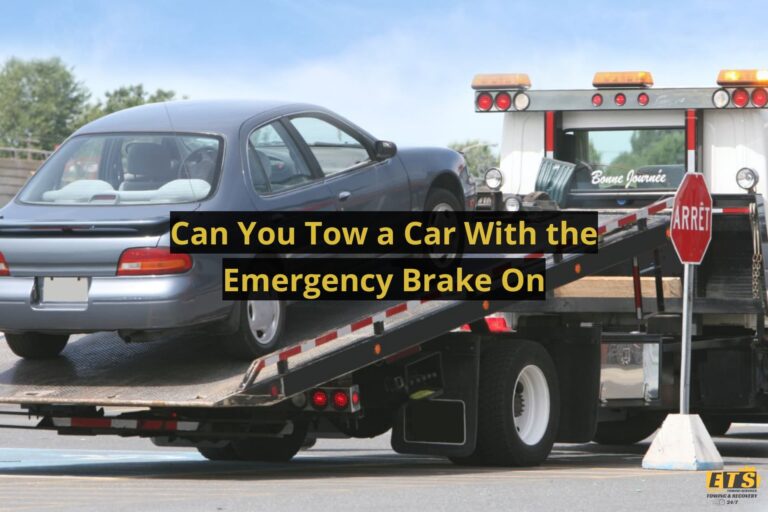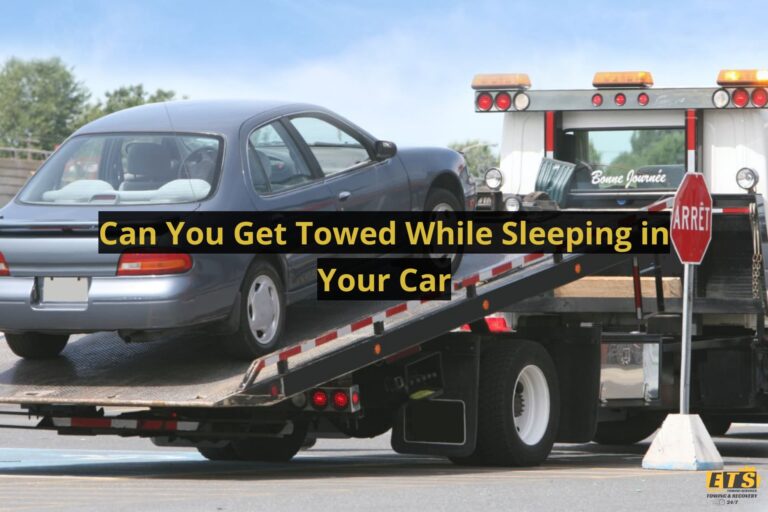How To Tow A Car Without Keys
The information presented in this article is provided for general informational purposes only, and may not reflect the current laws or legal developments. This article does not constitute legal advice, and the reader should not act on the information contained in this article without first seeking professional counsel. We make no guarantees about the accuracy, completeness, or adequacy of the information contained in this article. The reader assumes all risks and liabilities associated with any actions taken as a result of reading this article. To obtain legal advice on your specific matter, please contact a qualified legal professional.
Towing a car without keys can be like navigating through a maze blindfolded. It’s a tricky task, but with the right tools and knowledge, you can safely tow your vehicle without causing damage or injury.
Whether you’re dealing with a lost key situation or simply need to move a car that won’t start, knowing how to properly tow it is crucial.
In this article, we’ll guide you through the necessary steps to tow a car without keys so that you can get back on the road in no time.
So grab your gear and let’s get started!
Assess the Situation
You’ll need to take a moment and evaluate the circumstances of the situation before proceeding with any further steps.
First, you should try to identify who owns the vehicle that needs to be towed. If it’s your own car, then there shouldn’t be any legal issues involved in towing it without keys. However, if you’re trying to tow someone else’s car without their permission or knowledge, then you could end up facing serious legal consequences.
It’s important to keep in mind that towing a car without keys is not always legal or safe. In some cases, local laws may require that only licensed professionals are allowed to tow vehicles. Additionally, attempting to move a car without keys can be dangerous if there are other obstacles in the way or if the brakes have been engaged.
Before proceeding with any further steps, make sure you know what you’re doing and that you’re following all applicable laws and regulations.
Before attempting to tow a car without keys, it’s essential that you carefully assess the situation and consider all possible risks and complications. If possible, try to contact the owner of the vehicle first and ask for their permission or assistance in moving it.
This will help ensure that everything is done legally and safely while also avoiding potential conflicts or misunderstandings down the road.
Gather the Necessary Tools and Equipment
Now that you’ve got all the gear lined up, it’s time to assemble your makeshift towing arsenal like a puzzle coming together. Gather the necessary tools and equipment so you can get started with the task of towing a car without keys.
Here are some things to keep in mind:
- The idea of towing a car without access to keys can be daunting, but don’t worry! There are alternative methods you can use to tow the vehicle.
- For example, if there’s no space on the front or back of your car for attaching tow ropes or chains, consider using a dolly that lifts two wheels off the ground instead.
- Always make sure that you’re aware of local laws and regulations regarding towing without keys. In some states, it’s illegal to tow a vehicle without police authorization.
Make sure that you have all the necessary tools when towing a car without keys. This includes items like a jack, wheel chocks, and safety chains. It’s important to assemble everything before getting started so that nothing gets forgotten in the heat of the moment.
When using a dolly, make sure it’s properly attached and secured before setting off. If you’re using tow ropes or chains instead, double check that they’re securely attached at both ends before beginning any movement.
By gathering all these materials beforehand, you’ll save yourself from additional stress or complications during this process. Remember: safety always comes first when performing any kind of automotive work!
Secure the Towing Hitch or Dolly
It’s time to attach and secure the towing hitch or dolly, so you can easily transport your vehicle wherever you need to go.
There are different types of hitches available for towing, such as a receiver hitch, gooseneck hitch, and fifth-wheel hitch. Each one has its own pros and cons, depending on the weight of your car and the towing capacity of your vehicle.
On the other hand, dollies can also be used to tow a car without keys. A dolly is a small trailer that lifts up the front or rear wheels of your car off the ground while leaving the other set rolling freely.
To use a towing hitch, start by lining it up with your vehicle’s frame-mounted receiver tube. Make sure it’s securely attached and locked in place before attaching any chains or safety cables between them. Then, connect the wiring harness for lights and brakes if necessary.
Before driving away, double-check all connections and make sure everything is tightened properly.
If you’re using a dolly instead of a hitch, position it behind your vehicle so that its ramps are aligned with your tires’ positions. Drive onto the ramps until both wheels are resting on top of them.
Securely fasten each wheel with straps or chains after adjusting them according to instructions provided by the manufacturer. Be careful not to damage any brake lines or suspension components during this process.
Attach the Safety Chains
To ensure the safety of your vehicle and others on the road, don’t forget to attach the safety chains before hitting the highway. This is because towing without safety chains can pose a serious risk to everyone involved.
In case of any catastrophic failure, such as a coupler or hitch ball failure, the safety chains will prevent your towed car from breaking free and causing an accident. When attaching the safety chains, make sure they are crisscrossed under your trailer tongue. This ensures that in case of separation between your towing vehicle and trailer hitch, the chains will form a ‘V’ shape that prevents them from dragging on the ground.
The length of each chain should be just enough to allow you to make turns comfortably but not too long that they drag on the road. Don’t forget to check if all connections are secure by giving them a good shake before hitting the highway. This way, you can avoid unnecessary accidents caused by inadequate attachment of safety chains.
Remember, it’s better safe than sorry!
Connect the Tow Straps or Cables
As you prepare to hit the road, make sure your vehicle and trailer are securely connected by attaching the tow straps or cables. Alternative methods include using a hitch receiver or a universal coupler lock that attaches to the ball mount. However, it’s essential to note that these alternative methods may not be suitable for all vehicles, so it’s best to consult with an expert before proceeding.
Safety precautions should also be taken when connecting the tow straps or cables. Make sure to choose a strap or cable with enough strength and weight capacity to tow your vehicle safely. Always connect the strap or cable directly to the frame of both vehicles and avoid attaching it to any other part like bumpers or suspensions.
Once you’ve connected the tow straps or cables, double-check everything before towing. Ensure that they’re tight and secure on both ends before slowly pulling away. Remember that towing without keys can be risky and requires careful planning, so always proceed with caution and make safety a top priority.
Check the Braking System
Before hitting the road, make sure you check the braking system to ensure a safe and worry-free journey.
Start by checking the brake fluid level. If it’s below the minimum level, add more fluid until it reaches the maximum level. Low brake fluid can cause your brakes to fail.
Next, test your brakes to make sure they’re working properly. Put your foot on the brake pedal and press down firmly. If you feel any softness or sponginess in the pedal, it could indicate air in the brake lines or worn out brake pads.
Take note that if there is something wrong with your brakes, do not attempt to tow your car without getting them fixed first.
To avoid accidents while towing a car without keys, here are some bullet points worth considering:
- Always use a vehicle with enough power to pull another car.
- Use proper towing straps or cables instead of ropes or chains that may break easily.
- Make sure both drivers understand hand signals before starting.
- Keep a safe distance from other vehicles on the road while towing.
Remember that safety should always come first when towing a car without keys. By checking and ensuring that all systems are functioning well before towing starts, you can prevent potential accidents on the road and have peace of mind throughout your journey.
Start Towing the Car
Now that you’ve checked the braking system, it’s time to start towing the car without keys. Before doing so, make sure that you have all the necessary equipment and tools for a safe and successful tow.
First, attach the tow bar securely to both vehicles. Make sure that it’s positioned correctly and locked in place.
Then, connect the safety chains from the tow bar to both cars. These chains will prevent any accidents in case of detachment or failure of the hitch.
Once everything is set up properly, slowly start driving the towing vehicle forward while gently stepping on the accelerator pedal. Keep an eye on your rearview mirrors to make sure that there are no issues with the towed vehicle.
Remember to drive smoothly and avoid sudden stops or turns that can cause damage to either car.
Towing a car without keys may seem daunting at first, but with these tips and precautions in mind, you can safely move your vehicle wherever you need it to go. Just remember to take it slow and steady, keep your eyes on both cars at all times, and be prepared for any unexpected situations that may arise during transit.
Wrap Up the Towing Process
It’s time to wrap up the process of moving your vehicle safely and securely, so let’s take a look at what you need to do next.
Before you hit the road, make sure to check that all safety chains and straps are secured tightly and that the towed vehicle is properly aligned with the towing vehicle. These tips for safe towing are crucial in ensuring that no accidents occur during transportation.
As an additional legal consideration in towing without keys, it’s important to note that some states require a specific type of license or permit for those operating a tow truck. Familiarize yourself with any relevant laws before transporting your vehicle to avoid any potential fines or legal issues down the line. It’s better to be safe than sorry when it comes to following regulations.
Lastly, once you arrive at your destination, carefully park both vehicles and detach them from one another. Double-check that everything is secure before driving off.
With these steps completed successfully, you can rest easy knowing that your car has been transported without keys in a safe and legal manner.
Conclusion
Now that you’ve successfully towed a car without keys, take a moment to reflect on the experience.
On one hand, it may have been stressful and challenging as you navigated unfamiliar territory. On the other hand, it may have been exhilarating to overcome obstacles and achieve your goal.
Regardless of how you feel about the process, remember that towing a car without keys should only be done in emergency situations or with proper authorization.
Always prioritize safety and be prepared with the necessary tools and equipment before attempting to tow a vehicle.
With these tips in mind, you can confidently tackle any unexpected towing situation that comes your way.

